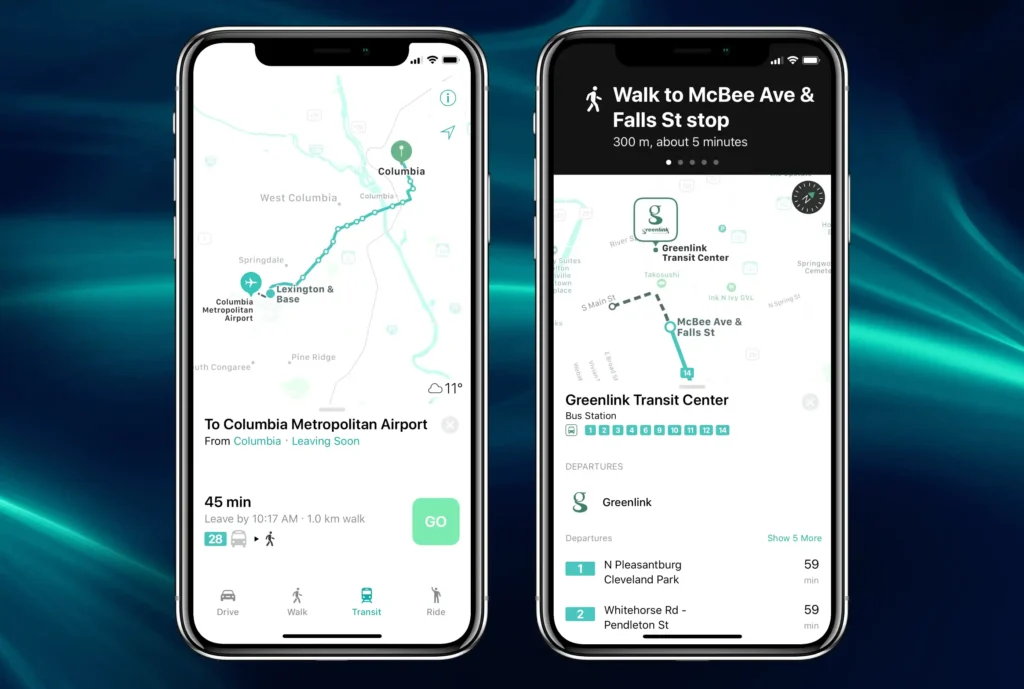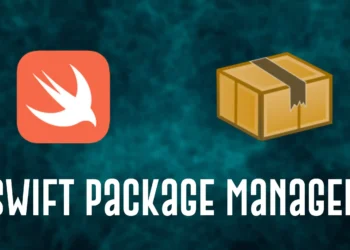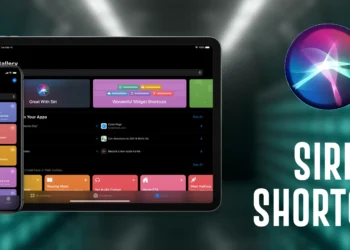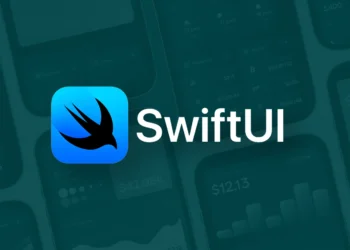Developers may easily integrate maps into their iOS applications with the help of Apple’s robust MapKit framework. Dynamic maps, location-based services, and customized comments can all be added by developers to their applications.
Introduction to MapKit
Because of its capabilities, this framework has become an important resource for millions of people worldwide if they’re navigating the busy streets of a new city or looking for a nearby coffee shop.

Because this framework offers accurate location services and simple map integration, it is an important tool for iOS app developers to improve user experience. this framework is a tool that developers can use to display maps, provide directions, monitor user locations, and build dynamic geographic experiences for their applications.
Using MapKit, developers can create useful features and applications that make effective use of location data, helping users to easily navigate, find nearby locations, and use map content. Because of its versatility, it is a key resource for developing location-aware apps for a wide range of use cases and industries.
Step-by-Step Tutorial for Set up MapKit
It is very easy to get started if you are a developer who wants to use this framework in your iOS application. To help you learn every aspect of this framework development, Apple provides full documentation as well as sample code. To improve your knowledge and abilities, you can also look into online tutorials and resources.
Here are some steps to get you started:
Setup Your Development Environment: As MapKit development requires Xcode and the iOS SDK, make sure you have both installed on your Mac.
Create a New Project: In Xcode, launch a new iOS project or open an already-existing project to which you want to include this framework.
Integrate MapKit into Your Work: Add the this framework to your project and set up your application to ask people for permission to use their location.
Integrate MapKit APIs: You can integrate maps, comment them, create routes, and add other map-related functionality into your application by using this framework APIs.
Test Your Application: Make sure your application works as designed and offers a smooth user experience by testing it on a range of iOS devices and settings.
Key Features of MapKit
Here are some Key Features of MapKit:
Dynamic Maps: This framework provides a smooth and engaging navigation experience that allows users to zoom, pan, and rotate maps with simple gestures. Features of this framework.
Comments: including marks for destinations, user-defined places, or areas of interest, can be added by developers to the maps. This feature gives users helpful background information while also improving the maps’ visual appearance.

Routing and Directions: MapKit has built-in features for creating routes and giving users turn-by-turn guidance. You can get the fastest route to your destination with this framework if you’re driving, walking, or taking public transportation.
Geocoding: Developers can convert addresses into geographic coordinates (latitude and longitude) and vice versa using MapKit’s geocoding features. For location-based apps that need exact location search and reverse geocoding, this capability is especially helpful.
Custom Overlays: this framework gives programmers the option to add custom graphics to the maps, like circles, polygons, and polylines. This feature makes it possible to create dynamic experiences that are customized for specific situations and to display geographic information.
Benefits of Using MapKit in IOS App
Without using external libraries or services, this framework provides developers with an easier way of integrating mapping features into their iOS applications.
This framework ensures consistent map display and navigation over iOS devices using Apple Maps data, providing users with a dependable and comfortable experience.
This framework is designed to be as efficient and reliable as possible, which ensures fast navigation and smooth map interactions even in situations with limited resources.
MapKit maintains a high priority on data security and user privacy, just like all other Apple frameworks. Users have control of their location rights and data usage, and location data is managed carefully.
This framework has a strong developer community and large documentation, which helps with learning, troubleshooting, and collaboration on map-related projects for developers.
FAQ
Apple created the this framework, which helps developers include dynamic and customizable maps in their iOS apps. It gives users access to many map-related functions, such as routing, providing geographic data, and adding unique overlays and comments.
MapKit can be used in iOS applications by integrating the MapKit framework, configuring and setting up required features, and using MapKit APIs to generate routes, add comments, and display maps.
MapKit provides developers with APIs for customization and functionality like mapping and routing, and it integrates live maps into iOS applications using data from Apple Maps.
Conclusion
this framework enhances the way we use and explore maps on iOS devices by providing developers with a flexible and strong framework for integrating mapping features into their apps. this framework gives you the tools to make attractive and easy-to-use experiences if you’re developing a location-based application, a travel partner, or a delivery service. You can help users to safely and easily explore the area around them using MapKit’s capabilities.














